Accepted Scientific Name: Pterocactus australis (F.A.C.Weber) Backeb.
Desert Pl. Life 22: 17. 1950 ; cf. Gray Herb. Card Cat.
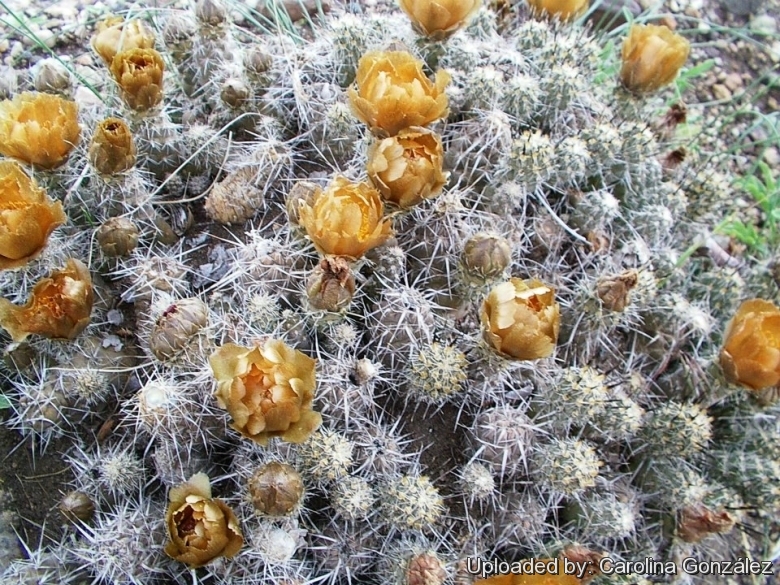
Opuntia australis (Pterocactus australis) Photo by: Carolina González
Origin and Habitat: Southern Argentina ( from northern provinces of Neuquen, Rio Negro, Chubut, Santa Cruz to the Strait of Magellan in the south.) and Chile (near the town of Chile Chico)
Habitat: Grows on rocky hillsides.
Synonyms:
See all synonyms of Pterocactus australis
back
Accepted name in llifle Database:Pterocactus australis (F.A.C.Weber) Backeb.Desert Pl. Life 22: 17. 1950 ; cf. Gray Herb. Card Cat.Synonymy: 4
back
Description: It is a dwarf shrub with a large napiform root that forms short chains of segment one over each other
Stem: Spherical or pear-shaped segments. Greenish-brown to purple up to 8 cm long and 1 to 1,5 cm in diameter. The articles detache easily (and take root propagating the plant all around)
Areoles: With few glochids.
Leaves: The leaves on all Pterocactus are small and fall away early.
Central spines: 1 to 2 upward, 2 (or more) cm long, whitish to brown or black and more or less flattened and papery, present only at the growing tips.
Radial spines: 10-15 white 3 to 4 mm long.
Flowers: Diurnal, solitary, perianth funnel-shaped, 2-3 cm in diameter, tepals brownish- yellow with a pink hue and a silky sheen, the color of the stigma is variable. The flower originate embedded at the end of a segment tip and the floral tube is indistinguishable from the stem itsef.Often the old flower bud does not distinguish from a sterile shoot in the upper part.
Blooming season: Spring to summer.
Fruit: Dry, dehiscing transversely near the top. Covered with areoles, which fall off at maturity.
Seeds: Winged, seeds typical of the genus.
Notes: The spines in the new shoot of P. australis have the tendency to point upwards while those of Pterocactus fischeri usually point downwards.
Bibliography: Major references and further lectures
1) Nathaniel Lord Britton, Joseph Nelson Rose “Cactaceae: Descriptions and Illustrations of Plants of the Cactus Family” Courier Dover Publications, 1963
2) Edward Anderson “The Cactus family” Timber Press, Incorporated, 2001
3) James Cullen, Sabina G. Knees, H. Suzanne Cubey "The European Garden Flora Flowering Plants: A Manual for the Identification of Plants Cultivated in Europe, Both Out-of-Doors and Under Glass" Cambridge University Press, 11/Aug/2011
4) David R Hunt; Nigel P Taylor; Graham Charles; International Cactaceae Systematics Group. "The New Cactus Lexicon" dh books, 2006
5) Haustein, Erik “Der Kosmos-Kakteenführer” Kosmos (franckh-kosmos) 1998 ISBN: 3440076857
6) Edgar Lamb, Brian Lamb “The Illustrated Reference on Cacti & Other Succulents” Volume 5 Blandford Press, 1978
7) John Borg “Cacti: a gardener's handbook for their identification and cultivation” Blandford P., 1970
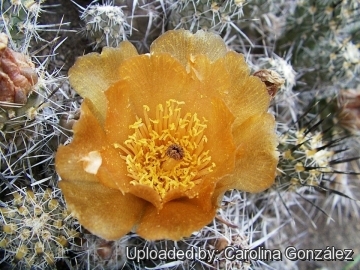 Flower in habitat. (Pterocactus australis) Photo by: Carolina González
Flower in habitat. (Pterocactus australis) Photo by: Carolina González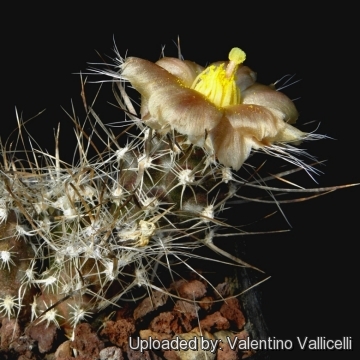 Opuntia australis (Pterocactus australis) Photo by: Valentino Vallicelli
Opuntia australis (Pterocactus australis) Photo by: Valentino Vallicelli Opuntia australis (Pterocactus australis) Photo by: Carolina González
Opuntia australis (Pterocactus australis) Photo by: Carolina González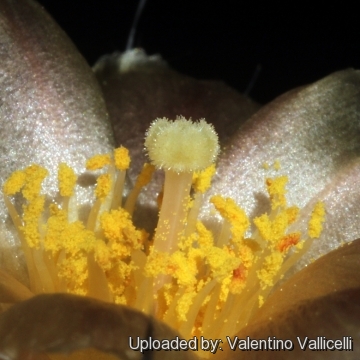 Opuntia australis (Pterocactus australis) Photo by: Valentino Vallicelli
Opuntia australis (Pterocactus australis) Photo by: Valentino Vallicelli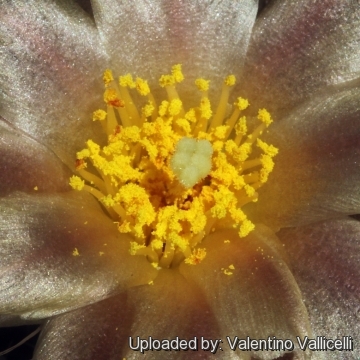 Opuntia australis (Pterocactus australis) Photo by: Valentino Vallicelli
Opuntia australis (Pterocactus australis) Photo by: Valentino Vallicelli Opuntia australis (Pterocactus australis) Photo by: Valentino Vallicelli
Opuntia australis (Pterocactus australis) Photo by: Valentino Vallicelli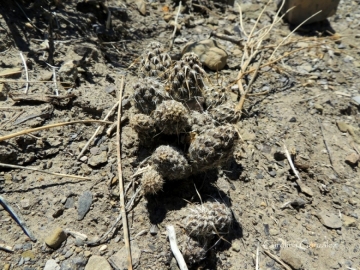 In habitat in southern Argentina (Neuquen province) (Pterocactus australis) Photo by: Carolina González
In habitat in southern Argentina (Neuquen province) (Pterocactus australis) Photo by: Carolina González Opuntia australis (Pterocactus australis) Photo by: Valentino Vallicelli
Opuntia australis (Pterocactus australis) Photo by: Valentino VallicelliCultivation and Propagation: Pterocactus australisSN|19634]]SN|19634]] is easy to grow, provided it is kept cool, but dry during autumn and winter. It is a particular favourite of caudiciform plant enthusiasts.
Growth rate: Plants grow very slowly and caudex take many years to enlarge. Clustering in cultivation, if grown correctly, it will reward the grower with generous displays of flowers.
Caudex exposure: The remarkable tuberous rootstock (caudex) is often raised above the soil line so that this can be seen and more readily appreciated. For best results the tuber must be exposed only when plans become mature enough, usually after several years of underground growth, as the exposed caudex will no longer increase in size once it has been lifted above the soil line.
Potting medium: Use a cactus mix or add extra perlite or pumice to regular soil potting soil. A gritty, very free-draining compost is suitable, and clay pots help the plants to dry out between watering. For best results, use a deep pot.
Fertilization: Need a perfect fertilizer diet in summer. Use preferably a cacti and succulents fertilizer with high potassium content including all micro nutrients and trace elements or slow release fertilizer.
Watering Needs: Water normally in the growing season from March to October. No water should ever be allowed to stand around the roots. Keep almost completely dry in winter. The swollen caudex makes it very tolerant of under watering.
Hardiness: It is quite frost resistant if kept dry, hardy as low as -15° C. It can be grown outdoors in the summer months to benefit from direct exposure to light, and especially exposure to high summer temperatures. Recommended Temperature Zone: USDA 9-10.
Sun Exposure: It is essential to give full sun; otherwise they will become atypical. If grown in full sun, the new growth will flower profusely in spring and summer.
Rot: Rot it is only a minor problem with pterocacti if the plants are watered and “aired” correctly. If they are not, fungicides won't help all that much. The plant turns immediately to mush when over watered, or watered out of season. Care must be given in watering, keeping them warm and wet while growing, and cooler and dry when dormant.
Maintenance: Most of the slender stems become detached during winter, but some advise to help the plant by pruning all the top growth in autumn, to encourage it to produce stems with terminal flowers in the spring.
Reproduction: Seeds or cuttings. The seed should be planted in spring. Germination usually occurs within about one week to one month. Seed germinate at 15-21 °C.
Your Photos

by Carolina González
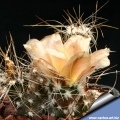
by Valentino Vallicelli
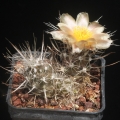
by Valentino Vallicelli






















